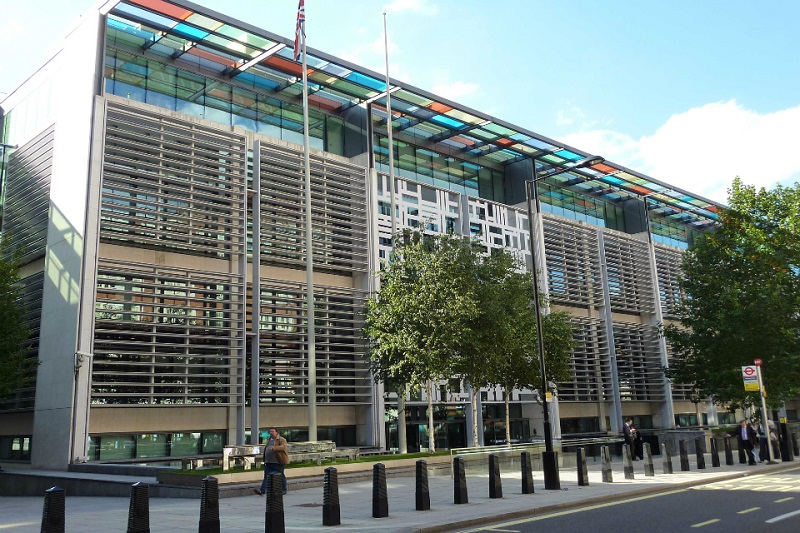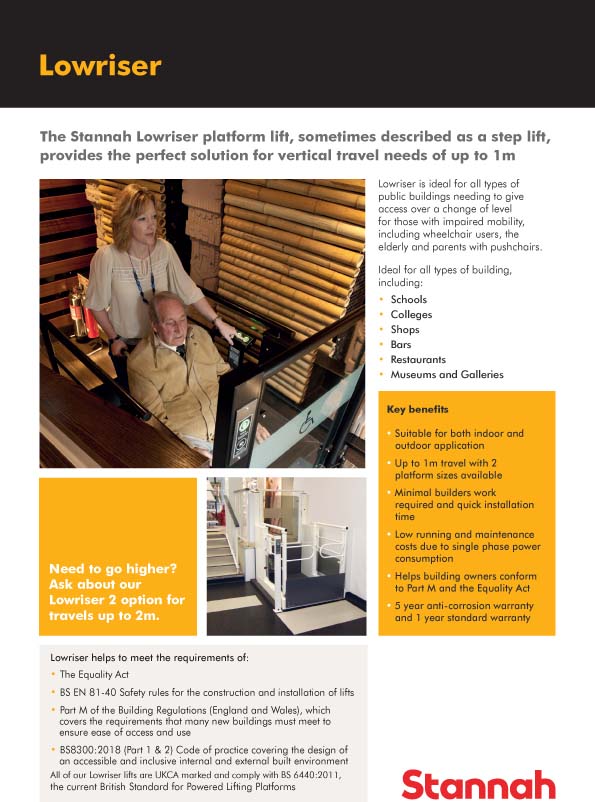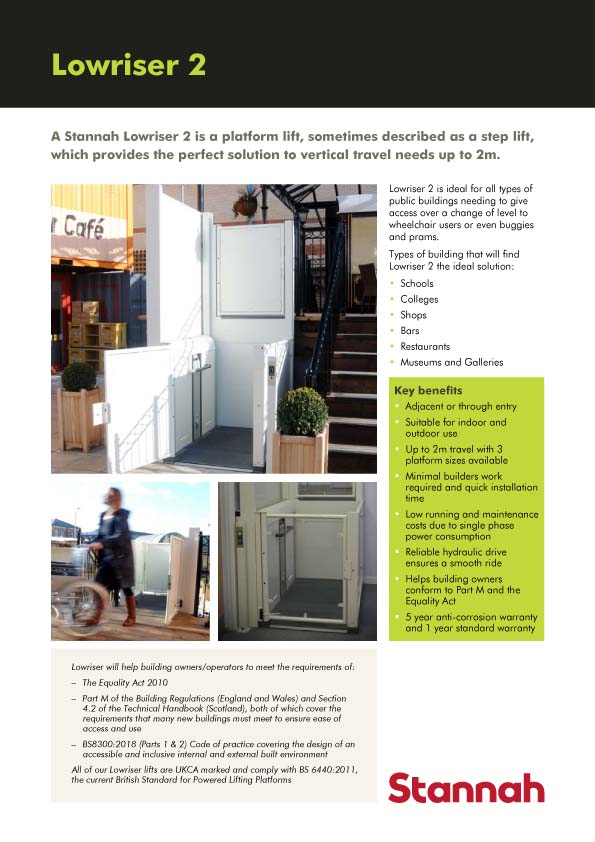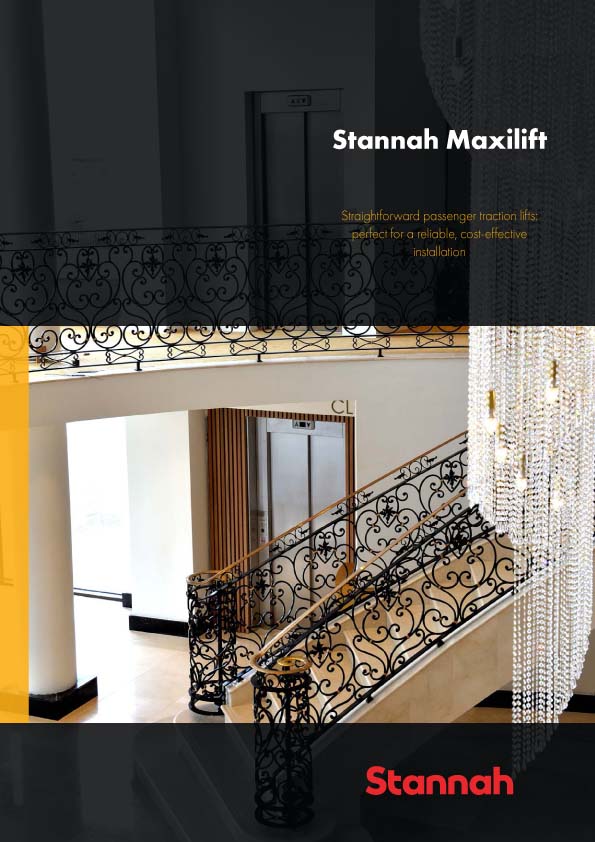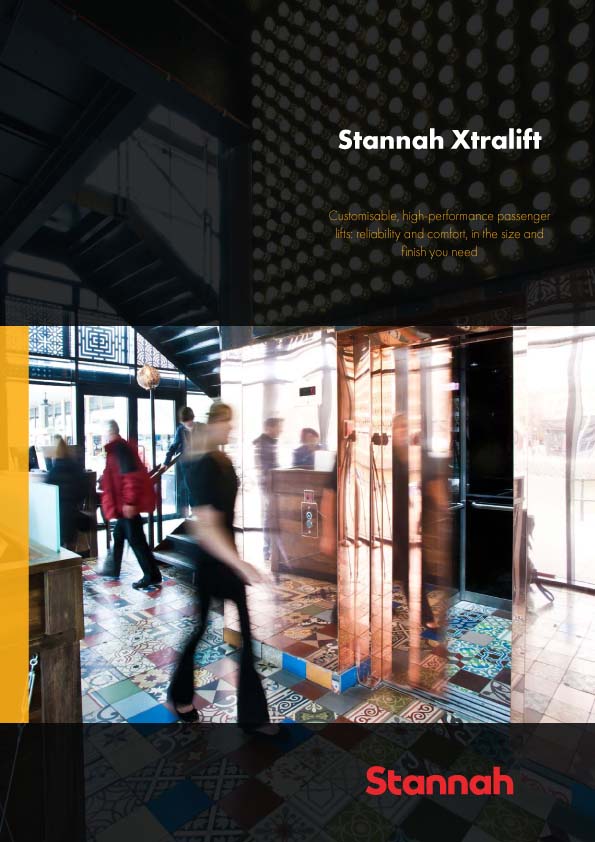
A new BRE Trust study quantifies the health benefits of the Government’s 10-year investment in the Decent Homes Programme which provided funding for the upgrading of social housing stock across the UK.
Introduced by Department for Communities and Local Government in 2001, the aim of the Decent Homes programme was to improve all social housing by 2010.
The new research quantifies the extent to which the improvements made under the programme have reduced costs to the National Health Service (NHS) in treating housing-related injuries and illnesses.
The study estimates total savings to the NHS during the 10 year period to be approximately £392 million. The benefits of dealing with the most serious hazards as categorised in the Housing Health & Safety Rating System represent the bulk of the savings to the NHS with treatment costs totalling £224 million.
Added to these savings are the annual savings to the NHS going forward if the stock is maintained at a decent level and hazard free, which are estimated at £71 million per year.
Other benefits include significant reductions in carbon emissions from the social sector stock and also significant reductions in fuel costs (£2bn to £1.4bn) for tenants. Many social rented tenants have, for the first time, been involved in making major decisions about their homes and estates, helping to build community cohesion and a sense of pride in some of the most deprived estates in the UK.
Report author Simon Nicol said ‘Continued investment in improving social sector homes not only makes economic sense, it also results in much broader economic benefits for both individuals and society as a whole.
The cost benefits we’ve calculated related to NHS treatment costs cover only 40% of the total costs to society as a whole of poor housing - other costs not measured in this report include aftercare costs following treatment, reduced educational attainment and reduced economic performance.’
The research also considers what work remains to be done in terms of both dealing with homes that are still non-decent and in ensuring that standards are maintained in dwellings that are currently decent.
The study estimates that 759,000 dwellings (20%) of all social sector homes were non - decent in 2010. These are by and large very hard to treat and costly to treat homes. If adequate money is not invested, then every home that falls into non-decency will start to cost the NHS more.
Furthermore, those costs will accrue year after year until the problems are rectified. The estimated costs to the NHS of the Category 1 hazards still remaining in 2010 was £184 million. If additional homes that are currently decent fall into non-decency, then these costs will rise.









